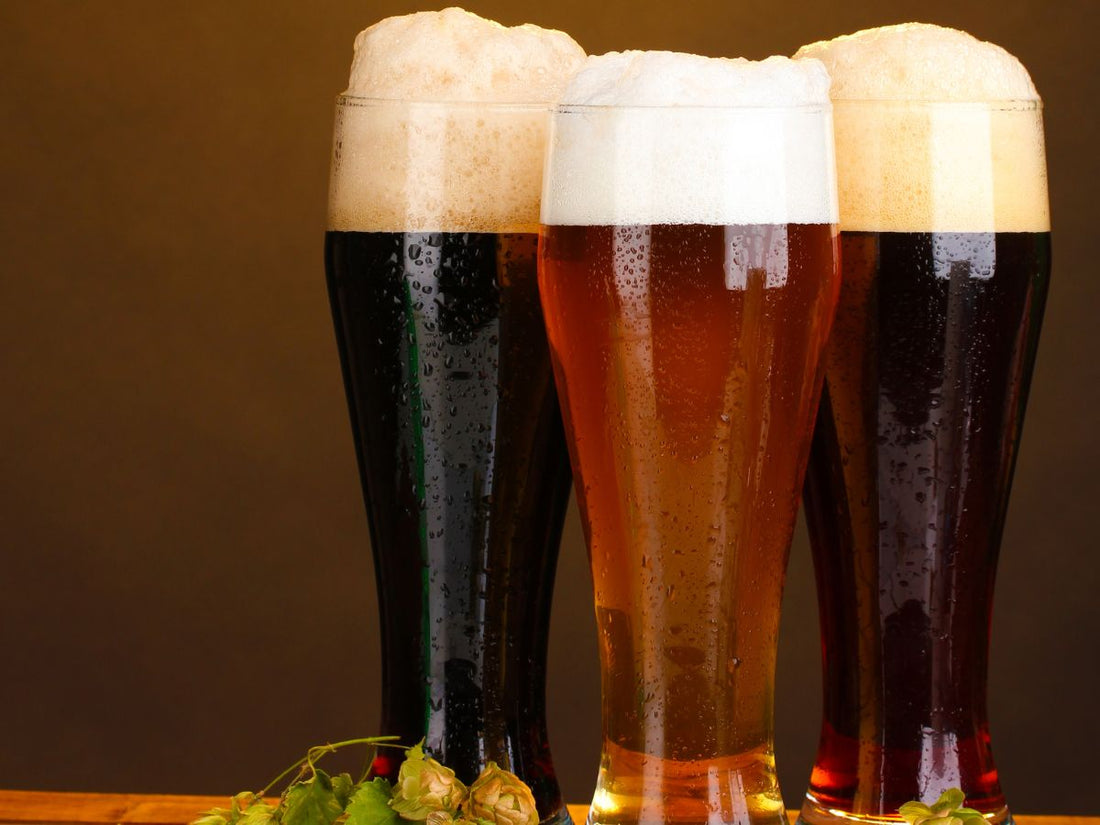Galveston Liquor: The Ultimate Location for Moods and White wines
Galveston Liquor: The Ultimate Location for Moods and White wines
Blog Article
Grasping the Craft of Distillation: a Deep Study Distillery Traditions
Checking out the complex art of distillation unveils a globe steeped in classic customs that have formed the spirits we enjoy today. From the old origins of purification methods to the modern advancement of distillery equipment, each action in the procedure brings with it a rich tapestry of background and knowledge. As we look into the fragile equilibrium of contemporary versus standard distilling practices and reveal the relevance of essential ingredients, a much deeper understanding arises of the profound impact distillery traditions carry the spirits we enjoy.
Beginnings of Purification Techniques
The growth of distillation techniques has a rich history that traces back to old people. The idea of dividing elements based on their various boiling factors laid the foundation for the advanced distillation processes we have today.
The earliest evidence of distillation go back to around 3000 BC in Mesopotamia, where clay pots were used to distill perfumes and aromatic oils. The Egyptians further advanced these techniques, utilizing distillation for embalming practices and medicinal purposes. The Greeks, notably numbers like Aristotle and Hippocrates, added to the academic understanding of purification.
Gradually, purification infect areas like India, China, and the Center East, each society including its special touch to the craft. The development of distillation methods continued through the Middle Ages and the Renaissance, eventually bring about the varied array of purification procedures used in modern-day distilleries worldwide.
Advancement of Distillery Equipment

With improvements in innovation and a much deeper understanding of the distillation process, modern distilleries now make use of a selection of innovative devices to create spirits of the highest quality. Today, purification devices includes column stills, reflux stills, and hybrid stills, each designed to satisfy certain distillation needs. These modern-day stills supply far better temperature level guideline, boosted distillation precision, and better effectiveness in separating alcohol from contaminations.
In addition to stills, distilleries now use innovative condensers, fermenters, and purification systems to further fine-tune the distillate. The development of distillery equipment proceeds to play a crucial role fit the diverse variety of spirits readily available in the market today.
Traditional Vs. Modern Distilling Practices
On the other hand, contemporary distilling methods utilize sophisticated technology and innovation to improve production processes and improve consistency. Automated systems, electronic controls, and cutting edge devices allow contemporary Discover More Here distilleries to create spirits a lot more effectively and with higher precision.
While conventional distilling methods are treasured for their heritage and the distinct flavors they produce, modern methods offer benefits in regards to scalability, quality assurance, and sustainability. By including clinical improvements and contemporary engineering, distillers can optimize production, reduce waste, and fulfill the needs these days's market better. Ultimately, the selection in between conventional and modern distilling methods typically depends on the distillery's objectives, worths, and target audience.
Key Active Ingredients in Distillation Process
Within the craft of purification, the choice of essential ingredients plays an essential role in identifying the taste profile and quality of the spirits generated. The main ingredients utilized in the distillation procedure are usually water, yeast, and a fermentable source such as grains, fruits, or sugarcane.
Water is a basic element as it not only weakens the alcohol content to a tasty level yet also influences the overall mouthfeel and appearance of the spirit. The quality and mineral web content of the water used can dramatically affect the end product.
Yeast is an additional vital active ingredient that converts the sugars existing in the fermentable source right into alcohol through the process of fermentation. Various stress of yeast can generate varying tastes and fragrances, adding to the distinct attributes of the spirit.

Impact of Distillery Traditions on Spirits
The impact of longstanding distillery practices on spirits prolongs past the choice of key active ingredients, shaping the really essence and personality of the final distilled items (Galveston click to investigate Whiskey). These traditions, gave via generations, play a vital role in specifying the distinct preference profiles and high qualities that distinguish one spirit from one more
Distillery traditions include a large range of methods, from the details methods made use of in distillation to the option old processes utilized. The use of conventional copper pot stills in bourbon manufacturing is believed to pass on particular description tastes and characteristics that are extremely valued by aficionados. The aging of spirits in oak barrels, a technique deeply rooted in distilling practices, contributes to the development of complex scents and tastes over time.
/cdn.vox-cdn.com/uploads/chorus_image/image/69556938/305221803_513900044071408_5111142127981802908_n.7.jpg)
Conclusion
From the beginnings of purification strategies to the modern methods, the effect of distillery customs on spirits is indisputable. Distillery customs play a crucial duty in forming the spirits sector and maintaining the heritage of purification techniques.
Throughout the background of purification, the tools made use of in distilleries has actually gone through considerable development to improve effectiveness and top quality of the purification procedure.With innovations in technology and a deeper understanding of the purification procedure, modern-day distilleries currently make use of a selection of innovative tools to create spirits of the greatest high quality. Today, purification devices consists of column stills, reflux stills, and hybrid stills, each designed to provide to particular distillation demands. From the origins of purification strategies to the contemporary practices, the effect of distillery practices on spirits is obvious. Distillery customs play an important role in forming the spirits market and preserving the heritage of purification methods.
Report this page